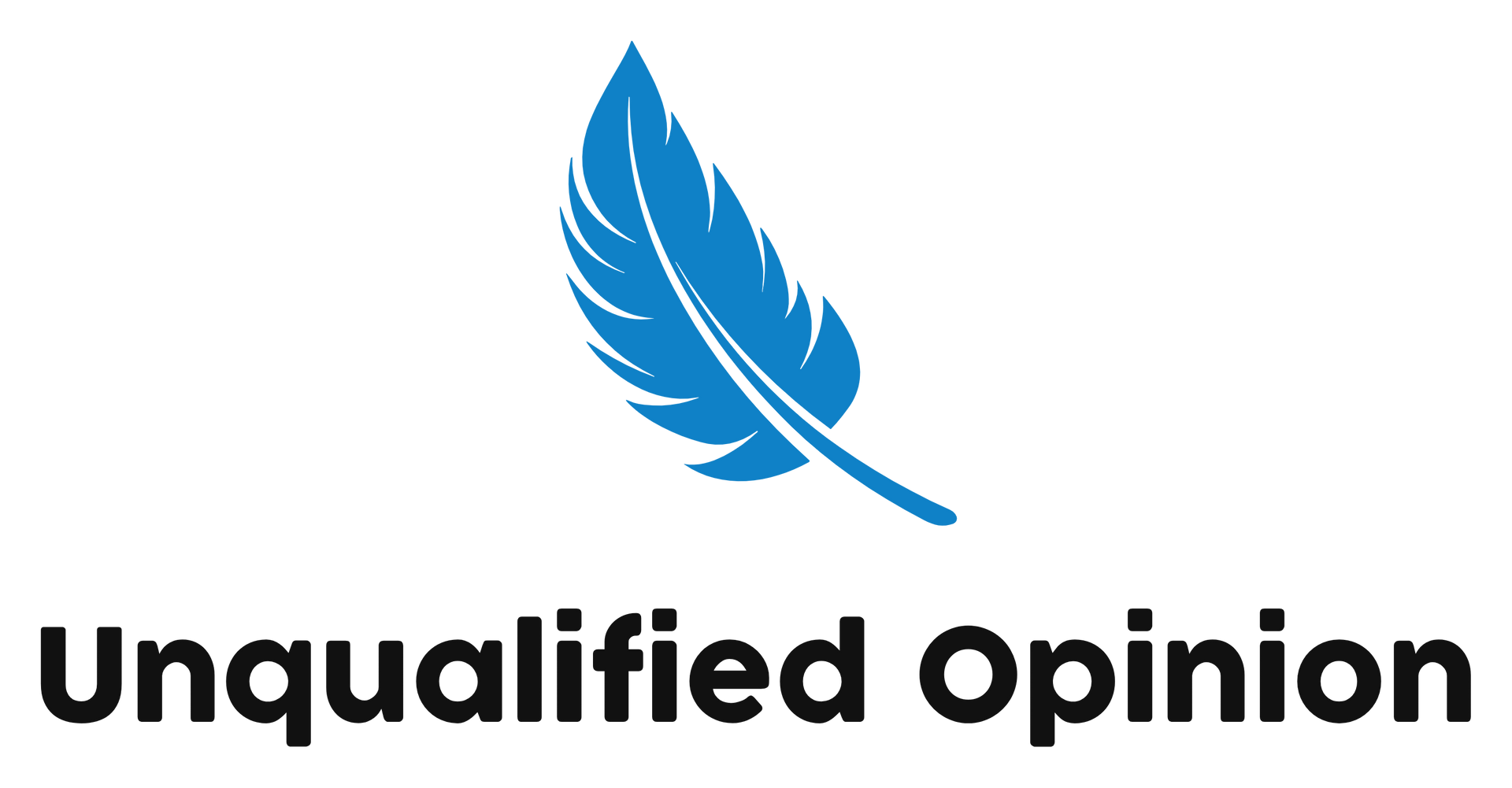(5 min) The Neurospicy Mini-Guide to Budgeting (Without Crying, Quitting, or Yeeting Your Wallet)

I have said it before, and I will say it again and again:
It's not that neurodivergent folks are “bad with money” — it's that we are expected to navigate a financial system that doesn't jive with how our brains actually work.
But that doesn’t mean we can’t totally slay our money goals — it just means we need a system that speaks fluent dopamine, not shame spirals.
This mini-guide is your step-by-step walkthrough to building a budget that’s actually sustainable, even if executive function is a daily gamble and impulse control depends on how overstimulated you are.
Step 1: Learn the Basics (AKA: WTF is a Budget?)
Before we build a system that works for your brain, let’s decode the basics — but don’t worry, we’re skipping the jargon.
A budget is just a plan for where your money goes. That’s it. It’s not a moral test. It’s not a grade on your life. It’s a tool. Think of it as your money GPS — it helps you get where you want to go financially, without driving in circles until you run out of gas (or rent money).
Here’s what you need to know:
- Track what’s coming in (hello, income).
- Track what’s going out (rent, snacks, subscriptions you forgot you had).
- Figure out your financial goals (freedom? travel? paying off soul-sucking debt?).
- Separate needs from wants — but make sure dopamine gets a seat at the table too. Wants aren’t evil. They’re fuel.
Once you’ve got that down, you’re ready for the fun part: turning this into something that feels good to maintain.
Step 2: Name Your Expenses (a.k.a. Budget Like a Detective)
Time to get nosy with your money. Grab your bank statements, your brain, and maybe a snack — this is your budgeting stakeout.
Start with:
- Fixed expenses: Rent, insurance, internet — these don’t change much.
- Variable expenses: Groceries, gas, that one “emergency” Target run that somehow cost $200.
- Sneaky dopamine leaks: Little purchases that hit your brain's reward center but leave your budget gasping. (Looking at you, impulse DoorDash.)
Now — prioritize. And no, that doesn’t mean cutting out every fun thing. It means making sure your must-haves are covered before your brain convinces you to emotionally invest in an air fryer, ten candles, and a laser keyboard.
Hot Tip: Rank your expenses using three buckets:
- Non-negotiable survival stuff
- Growth + freedom investments
- Dopamine treats that are worth it (on purpose)
You’re not depriving yourself — you’re taking the wheel.
Step 3: Build Your Budget, Not Suze Orman’s
Here’s where it gets personal. Neurodivergent brains need systems that are flexible, visual, forgiving, and (ideally) kind of fun. That means your budget should work with your brain, not against it.
Ask yourself:
- Do you need visuals? (Color-coded charts, sticker rewards, tracked progress?)
- Do you need sensory reminders? (Journaling with gel pens? A cozy blanket budget session?)
- Do you need simplicity? (Like, two categories: “Money I Can Use” and “Money I Can’t Touch”?)
- Do you need automation because time blindness is real? (Auto-pay and savings transfers = chef’s kiss.)
There’s no “right” way — there’s only what actually helps you show up consistently.
Pick a method:
- Incremental budgeting: build slowly, focus on progress over perfection.
- Zero-based budget: Every dollar has a job, super strict!
- Envelope systems or apps: great for tactile or visual learners.
- 50/30/20 rules: structured but adjustable.
- The Dopamine Budget™ Method (hi, it’s us): reward-based, priority-driven, and guilt-free.
The key: make it yours. Neurodivergent brains thrive when we’re given permission to innovate. So give yourself that permission.
Step 4: Lock In the Long Game (Even If Your Brain Lives in the Now)
Okay, you’ve got your budget bones — now let’s give it some staying power. Neurodivergent budgeting isn’t about bootstraps or spreadsheets. It’s about systems that reduce friction and spark motivation.
Here’s how to future-proof your finances:
- Set dopamine-aligned goals
- Don’t just save for “retirement” — yawn. Save for things that light you up. A trip? A gaming console? Financial peace? Put it front and center.
- Track your progress — in a fun way
- Think sticker charts, color-coded graphs, or a “money wins” jar. Celebrate every step.
- Automate what you can
- We love a good routine because we forget things. Automate savings, bills, and transfers so you don’t have to remember (or panic at 2 a.m.).
- Check in regularly — without judgment
- Treat it like a vibe check, not a performance review. “What’s working? What’s not? What do I need this month?”
- Find your support system
- That could be a money coach, a therapist who gets executive dysfunction, or even a friend who’ll cheer you on after paying off your phone bill.
Budgeting Isn’t a Personality Test — It’s a Power Move
By understanding the basics, getting honest with your expenses, creating a plan that’s actually human hello sensory needs), and committing to strategies that spark consistency — you’re not just managing money. You’re taking back control of your narrative.
Budgeting doesn’t have to be boring, rigid, or shaming. It can be dopamine-fueled, rebellious, and low-key delightful. So ditch the guilt. Set the goal. Make it yours.
Need more help? In August 2025, I am launching:
Financially Fluent AF™: Money Truths That’ll Save Your Sanity
This self-paced, no-BS neurodivergent-friendly, no-shame-needed-course, breaks down 20 foundational money truths
in a way that’s finally clear, empowering, and actually fun. We skip the jargon and go straight for the glow-up.
Course includes life-time access to all modules, digital downloads, quizzes, and trackers.
Sign up for free to Unqualified Opinion here and be the first to know when doors open!!


